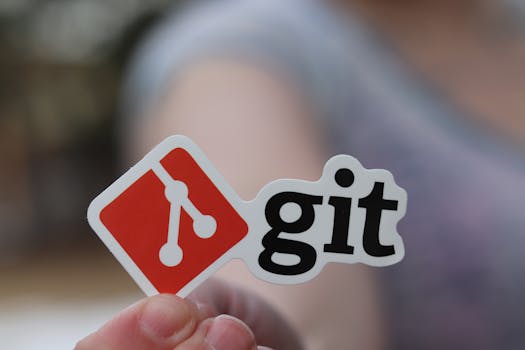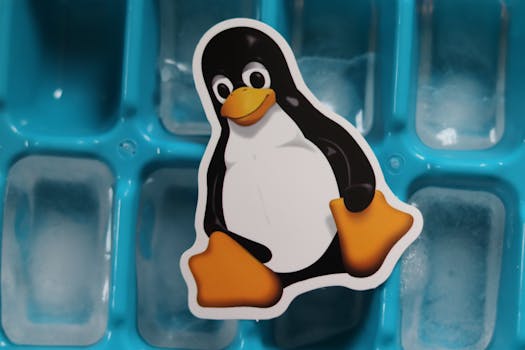🔧 Git It Right: Version Control for Developers & Teams
🧾 Course Description
Git is the most widely used version control system in the world — essential for developers, DevOps engineers, and teams working collaboratively on code. In “Git It Right”, you’ll learn how to track changes, manage branches, collaborate using GitHub, and fix mistakes like a pro.
This course takes a hands-on approach to understanding Git’s core concepts through real-world scenarios. Whether you’re working solo or as part of a team, this course equips you with the skills to version, share, and manage code confidently.
✅ Key Benefits
- 🧠 Understand Git Internals — Learn what really happens when you commit, push, pull, and merge
- 🔄 Master Collaboration Workflows — Work on branches, resolve conflicts, and use pull requests
- 🛠️ Fix Mistakes Without Fear — Undo commits, stash changes, and reset cleanly
- 🌐 Work with GitHub — Fork repos, manage PRs, and contribute to open source
- 🧰 Use CLI & GUI — Build command-line fluency and use visual tools like GitHub Desktop or VS Code Git
🎯 Pre-requisites
- Basic knowledge of file systems and programming concepts
- Familiarity with command-line is helpful (but not mandatory)
- No prior Git or version control experience required
📚 Curriculum Breakdown
🧱 Module 1: Introduction to Git
- What is Git? Why version control?
- Git vs GitHub vs GitLab
- Installing Git and setting up GitHub account
🔁 Module 2: Git Basics
- Creating a repository
- Tracking files:
git add,git commit,git status - Git log, diff, and ignore
🌿 Module 3: Branching and Merging
- Creating and switching branches
- Merging changes with
git merge - Fast-forward vs recursive merges
- Merge conflicts and resolution
🚀 Module 4: Working with Remote Repositories
- Cloning, pushing, and pulling
- GitHub repository workflows
- Fork, star, pull request (PR)
- Syncing forks and upstream updates
🔄 Module 5: Undoing and Fixing Mistakes
git reset,git checkout,git revert- Stashing temporary changes
- Working with detached HEAD
🔒 Module 6: Collaboration Workflows
- Feature branches and GitFlow basics
- Code review and team best practices
- Pull request management in GitHub
🛠️ Module 7: Git Tools & GUIs
- VS Code Git Integration
- GitHub Desktop basics
- Git aliases and productivity tips
🧪 Mini Project (Optional)
- Simulate a real team collaboration:
- Fork → clone → branch → PR → review → merge
⏱️ Duration (Based on Daily Study Time)
| Daily Study Time | Estimated Duration | Style |
|---|---|---|
| 2 hours/day | 12–14 days (~2 weeks) | Relaxed, detailed pace |
| 4 hours/day | 6–7 days (~1 week) | Ideal for bootcamp style |
| 6 hours/day | 4–5 days (intensive) | Rapid, project-driven |
🎓 Outcome
By the end of Git It Right, you will:
- Use Git fluently from the command line
- Confidently manage branches, commits, and collaborative workflows
- Use GitHub to fork, pull request, and contribute to projects
- Be ready for real-world team-based version control in jobs or freelancing


